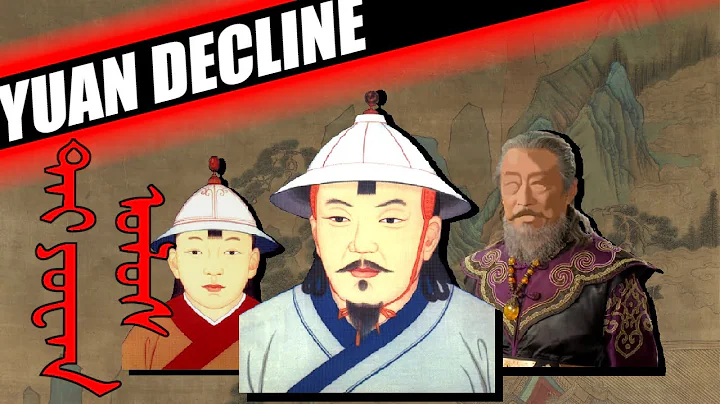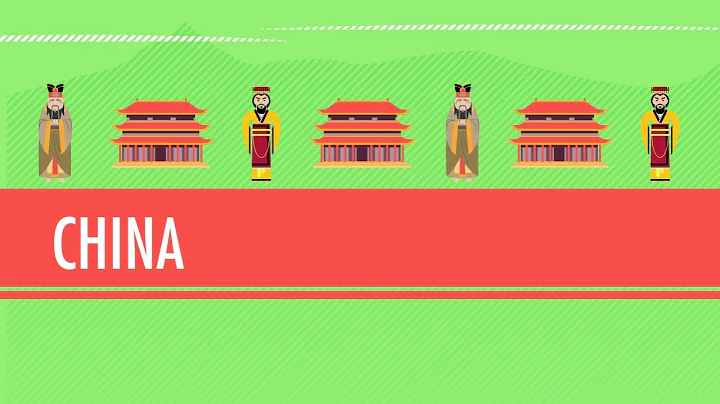5. The planning and construction of Daxing City in the Sui Dynasty
It is so dim that you can see the starlight. Chang'an City fell into a cycle of chaos during the Jin Dynasty, the Southern and Northern Dynasties. Darkness breeds light. In other words, these chaotic hundreds of years are just a search for the bottom of purgatory for the arrival of the prosperous age. In 581, Emperor Wen of the Sui Dynasty Yang Jian replaced the Queen of Zhou with the Sui Dynasty, and built the new capital of Daxing the following year. Daxing City in the Sui Dynasty was a new city built on Longshouyuan southeast of Chang'an City in the Han Dynasty. When the plan was proposed, it was full of innovative spirit. It indicates that Chang'an City has ushered in its own great era.
There are good reasons for building a new capital on a new site. The original city of Chang'an has gone through more than 800 spring and autumn years since its founding in the Western Han . The capital of the Han Dynasty has withered for a long time. It has been a battlefield many times and has experienced too many wars and destruction. The city's palaces, government offices, and residential buildings are interspersed. It is small in scale, close to the Weihe River and has limited natural conditions. Regarding the relocation, there are also some legendary factors attached to it. For example, "Jia Hua of the Sui and Tang Dynasties" records that "Emperor Wen of the Sui Dynasty dreamed of floods covering the city, and he had evil intentions." " Taiping Guangji " records: There were strange monks in the Zhou Dynasty , and many of their words came true. He once said that the new capital was located in Yangxing Village. There is a big tree at the door, "This is where the emperor sits." Emperor Wen of the Sui Dynasty also had the idea of "no migration without revolution". Therefore, in the first month of the second year of Emperor Wen's reign, Yu Wenkai presided over the planning and construction of Daxing City. The construction of Daxing City started and was completed very efficiently the following year. Because Yang Jian had the title of Duke of Daxing in the later Zhou Dynasty, it was named Daxing City.

Daxing City is located on Longshou Plain, facing the Ziwu Valley of Zhongnan Mountain, with Chanba on the left, Fenglao on the right, and the Weishui River on the back. The terrain is high in the southeast and low in the northwest. From north to south, there are several plains such as Longshouyuan, Leyouyuan, Shaolingyuan, etc. Yu Wenkai made full use of this terrain during planning, and disposed of palaces and Libaisi at high altitudes. Make full use of Feng Shui and balanced thinking. The planning still follows the "Book of Zhou Rites. Kao Gong Ji", "The craftsmen run the country, with a square of nine miles and three gates on the side. The country has nine warps and nine latitudes, and the warps are painted with nine rails." In the new city planning, the city is composed of three parts: the palace city, the imperial city, and the outer city, with a completely east-west symmetrical layout. The functions of the palace city, the imperial city, and the Guo city are clear. The three parts are relatively separated and have clear boundaries. They are both safe and practical. The central axis of the whole city is the Suzaku Street , which is aligned with the south gate of the palace city, the imperial city and the outer city. Government offices and residential buildings are clearly distinguished. The order of construction is to build the palace city first, then the imperial city, and finally the outer city. The area of the outer city accounts for about 80% of the total area of the city. The city embraces the palace city and the imperial city. The palace city is in the middle of the northern end of Daxing City, and the imperial city is on the south side of the palace city.

Daxing City covers an area of 84 square kilometers. The scale is far larger than that of the famous capital city. At that time, the area of Baghdad was only over 30 square kilometers. Later, the city of Beijing in the Ming and Qing Dynasties only had more than 60 square kilometers. Because of its grand scale, the outer city was not completed until the Tang Dynasty.
There are three city gates on the east, south, west and north sides of Daxing City. Tonghua, Chunming and Yanxing are in the east, Qixia, Mingde and Anhua are in the south, Yanping, Jinguang and Kaiyuan are in the west and Guang are in the north. Hua, Jingyao, Fanglin. Mingde Gate is the middle city gate in the south, connected to Zhuque Street, with five doorways, and the other gates only have three doorways. The above city gates have appeared one by one in the development of Xi'an City, corresponding to the location of the city gates in the past. In recent years, archaeological excavations have been completed at the Mingdemen site, and protected antique buildings have been built on the site.
There are 11 north-south streets and 14 east-west streets in Guocheng. The six roads, three horizontal and three vertical, leading to the three south gates and the six east and west gates are the main traffic roads in the city. Among them, Zhuque Street, the north-south central axis, is the widest, reaching more than 150 meters. Zhuque Street divides Chang'an into two counties: Daxing and Chang'an ( Tang Dynasty was called Wannian and Chang'an). Zongheng Street in the city divides Guocheng into more than one hundred miles. There are two markets, namely Metropolitan City and Liren City, in the southeast and southwest outside the imperial city inside Guocheng. In the center of the city, there is the Tokenization Department, which manages the market.

Sui Daxing City was quickly replaced by Tang Chang'an City due to the short life of in the Sui Dynasty. Chang'an City in the Tang Dynasty was born out of Daxing City in the Sui Dynasty, and was generally referred to as Chang'an City in the Sui and Tang Dynasties in later generations. Because the original planning of the city was completed in the Sui Dynasty, Daxing City is also known as the watershed of ancient Chinese urban systems. It is the crystallization and integration of my country’s previous urban construction experience.





















